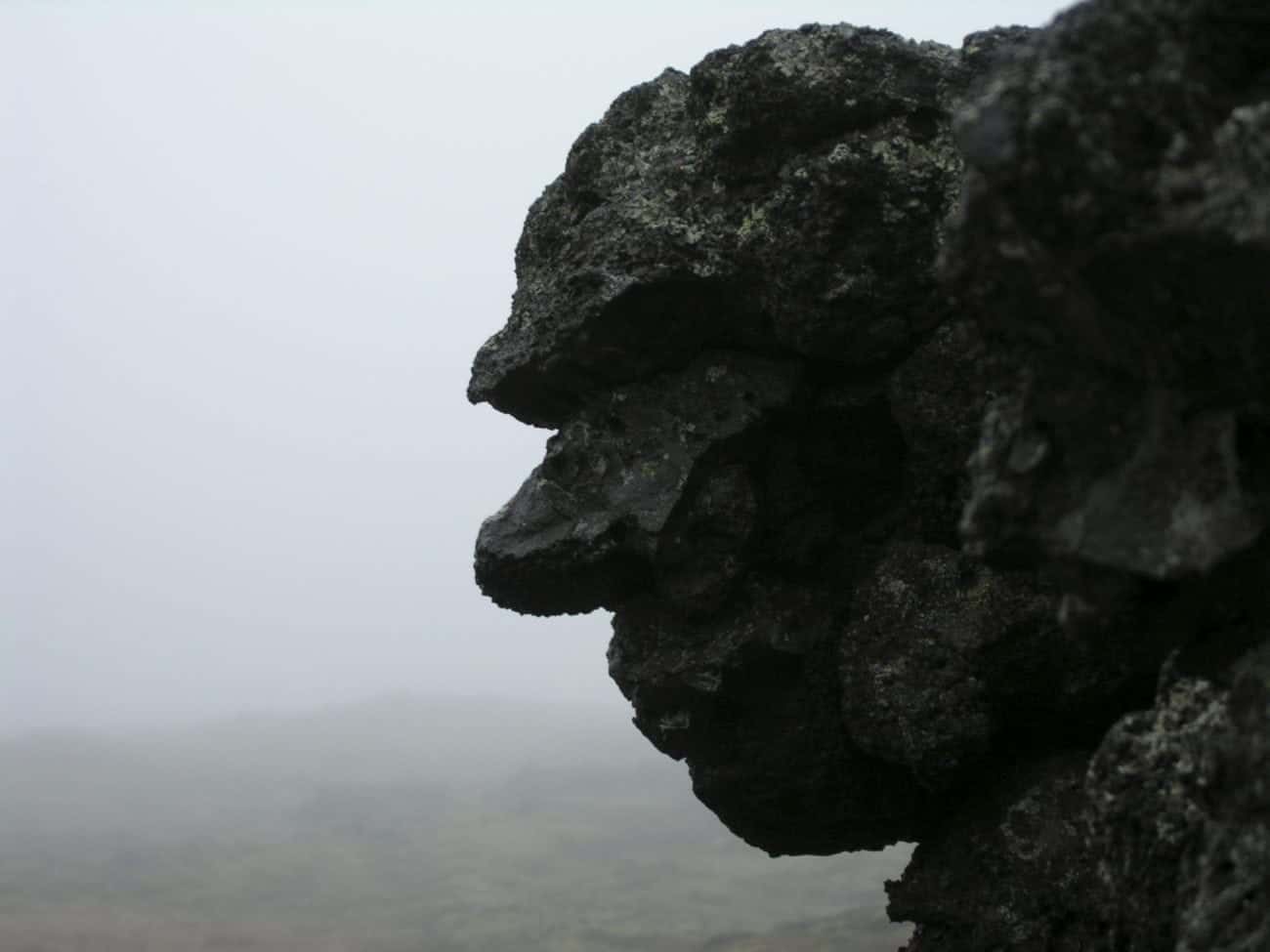Do Icelanders Believe in Elves?
Do Icelanders believe in elves or don’t they? The question seems quite simple. The answer, however, is not.

Image: Ängsälvor “Elves in a Meadow” Nils Blomm
The belief in elves, hidden figures and other human-like beings traces far back into the Viking age. I bet it would go back even further if we just had written artefacts to go by. Furthermore, stories of elves can be found scattered even wider across the globe. They have, for example, been found in the Philippines. In some cases, those stories are shockingly similar to those you’ll find in Iceland. Somehow, even though these stories are about elves living in other countries, the belief in elves has always been mostly linked with Icelanders.
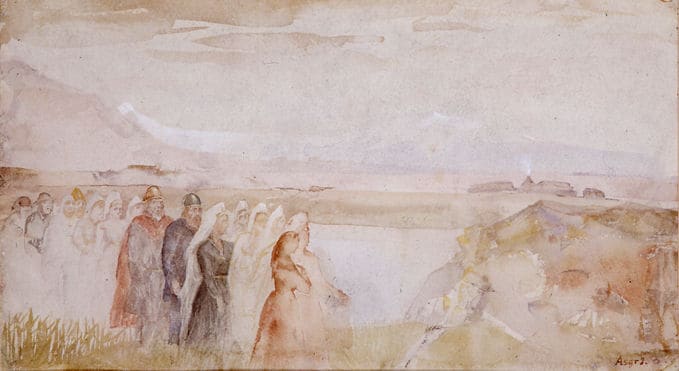
Image: “Elves near Eyjafjallajökull”, National Gallery of Iceland, Ásgrímur Jónsson Collection
Fun Facts about Icelandic Elves
- The Icelandic Road and Coastal administration has altered plans more than once due to an elf rock being in the way. They simply don’t want to take the chance of disturbing their homes. It has been done in the past and is known to lead to dire consequences.
- There is an active Elf School in Reykjavik
- Hellisgerdi garden in the town of Hafnarfjordur (capital area) is famous for elves. It is a great place for a picnic and a chance to get in contact with an elf or two.
- Inside Thorsmork, the valley of Thor, you’ll find an Elf Church!
- In Iceland there are those who call themselves elf whisperers or elf experts. They have never lost their childhood abilities to see elves and will communicate with elves throughout their lives. Ragnhildur Jonsdottir is one of those people, and you can follow her elf-adventures on her Facebook page.
The origin of the Icelandic Elf Belief
The truth of the matter is all of Scandinavia once fostered a strong belief in elves. When the elf belief was at its highest in Sweden, the locals used to host a ‘blot’ (an old word for a party). During those parties, sacrifices would be made to elves. Many would even say that belief in elves in these countries was even stronger than in Iceland. However, the difference between those countries was their geographical location. The isolated location of Iceland made it so that Icelanders didn’t stop believing because of foreign influences. But the foreign influences were exactly what put belief in elves to a stop in the rest of the Nordic countries.
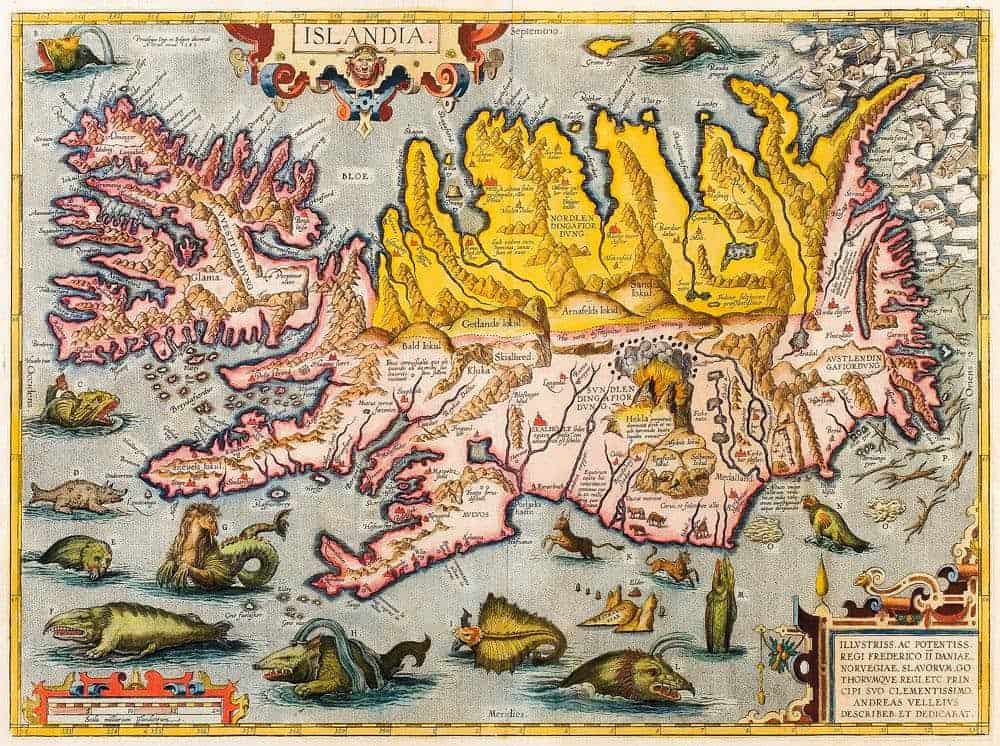
The Danes, Swedes, Finns and Norwegians likely learned that the belief in elves was not considered ‘cool’ with those at the top of the hierarchy in Europe, but Icelanders simply never got the memo.
It really wasn’t until tourists started visiting us in the 21st century that our superstitions, religion (or whatever you want to call it) came to light as something special. Icelanders simply didn’t know that believing in elves was out of the ordinary. Therefore, they kept on doing so just like their forefathers: asking elves for pardons, seeking their assistance and even going to great lengths not to disturb their settlements.
Are there elves in Iceland?
It all depends on whom you ask. If you ask someone who will openly admit to believing in elves they will say, “Yes”. They will likely point out a rock or a cliff as an elf home. But ask a non-believer, and you’ll get a definite “no.”
The funny thing is, though, that a person who might strongly deny believing in elves might still fully understand a road plan being altered due to an elf rock being in the way. You will not find many Icelanders who will say, “Yes, I believe 100%, they are my friends and I visit them all the time.” It is more of a phenomenon that Icelanders are aware of, a force not to be reckoned with. These people will, therefore, not be willing to openly say that they believe in elves, but chances are they might still change plans due to an elf’s preference, or they will accept an explanation having to do with the elf existence as valid.
What do Icelandic Elves look like?
They are very beautiful and very much resemble the elves in Tolkien’s Lord of the Rings. The look you see on Legolas or Galadriel the Elf Queen, with the long white hair, pointy ears, fair skin and long clean and majestic clothing is how the elves are most commonly described.
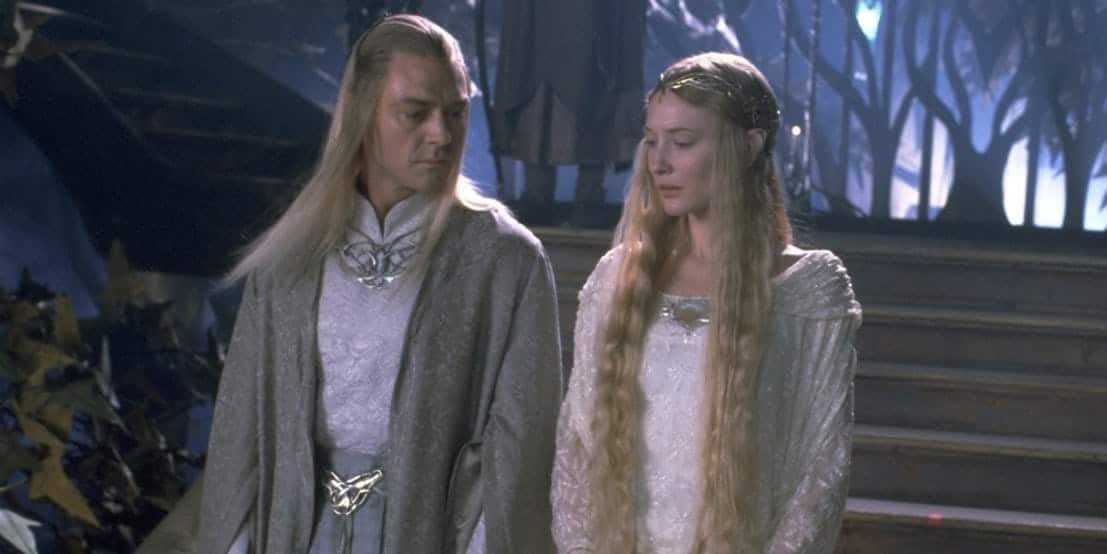
They are in no circumstances like gnomes or the Christmas elves you see in movies such as Elf. In truth, the elves were everything that the people back in the Viking Age wanted to be. They had beautiful and clean clothing, they themselves were clean, their hair perfectly in place, and they always had plenty of food. Their parties would go on for days and the supplies would be endless.
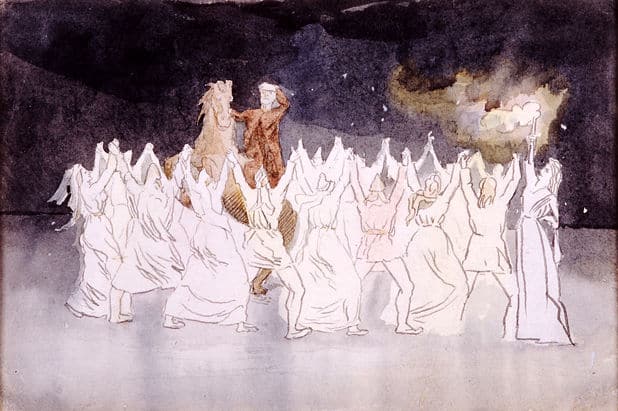
Image: “Elf Dance” by Ásgrímur Jónsson – National Gallery of Iceland, Ásgrímur Jónsson Collection
They only thing that might surprise you about their appearance is that the pointy ears are simply something that movies have made popular. There were, in fact, some elves who had pointy elves, but had other special attributes such as a missing nasal septum or a short distance between the nose and upper lip. Elves were so like humans that their true identity could only be known by these small differences.
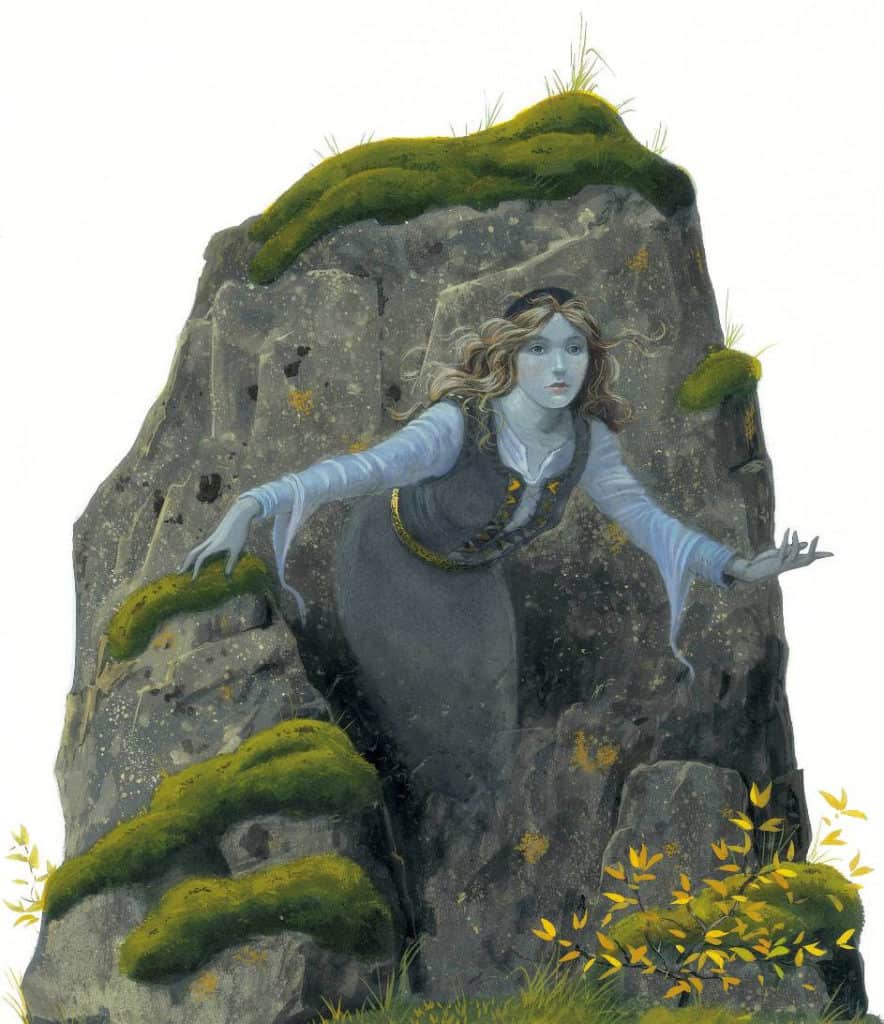
Children however, are more likely to describe them as funny looking. Something which is often associated with elves is mischievous behavior. Some Icelanders go as far as to say that there are two types of elves: those who are fair and good, and those who are dark and evil.
Can anyone see Icelandic Elves?
It is quite common that Icelandic children see elves and hidden people. Icelanders grow up listening to folklore tales and fairy tales about them, which often leads to them spotting them later on. Everywhere around the world kids have imaginary friends, but in Iceland those friends are mostly elves. I remember having at least two elf friends as a child. My grandmother told me stories about how my uncle used to have three elf friends. He even told such convincing stories about them that my grandmother laid plates out at lunchtime just in case, “they happened to be hungry.”
Unfortunately, this seems to be an ability that most people grow out of. Still, if you believe hard enough, who knows? If you want to test your chances while in Iceland, elves live in lava fields and big rocks.
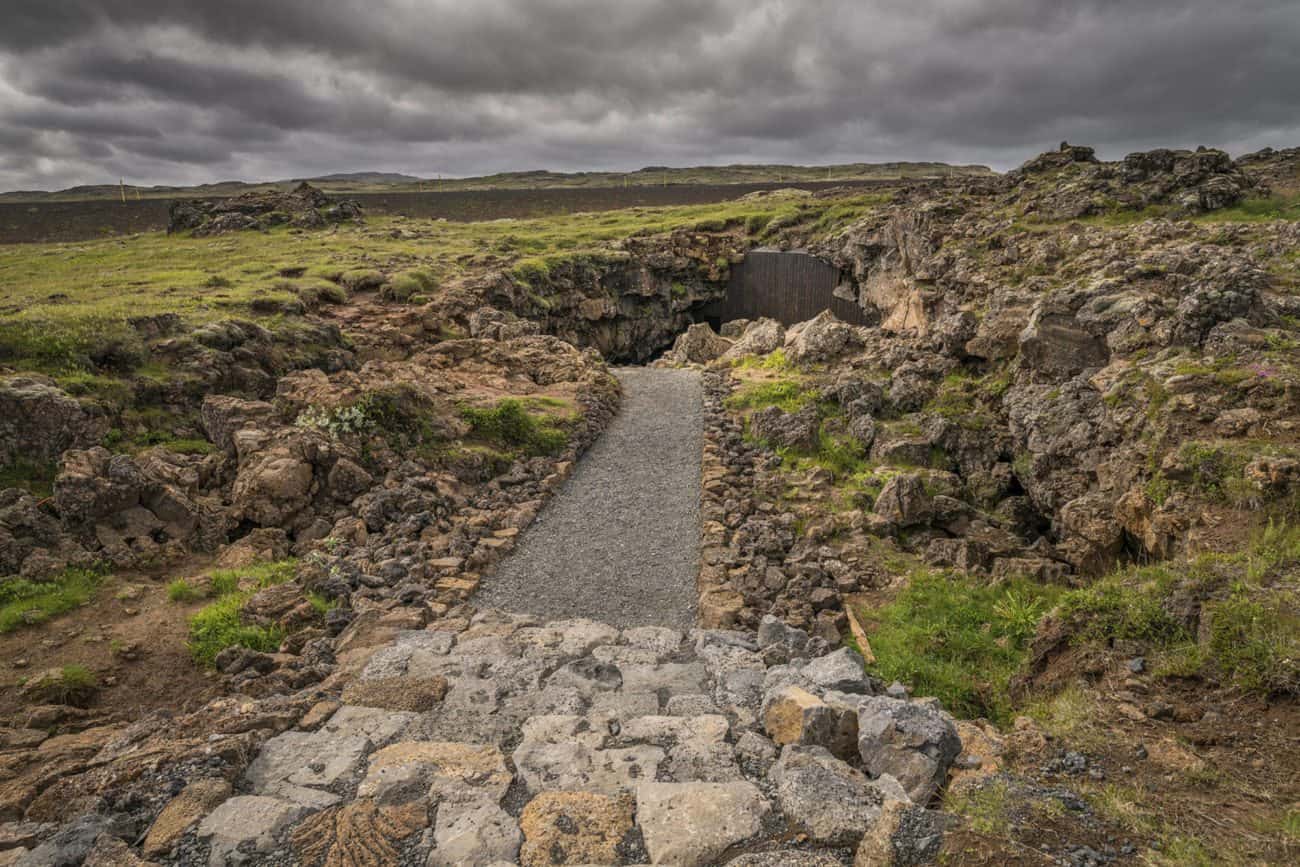
An old folk tale tale says that if, on the evening of Jónsmessa (the Icelandic Midsummer) you sit all night at a crossroads where all four roads lead to four separate churches, elves might appear. They will attempt to seduce you with food and gifts. If you pass their tests, chances are you will be rewarded.

Are the Icelandic elves good or evil?
Icelandic folklore is filled with stories of elves, both good and bad. It seems that the question has no solid answer. If you do right by elves, they will reward you tenfold. However, if you cross an elf you will be cursed beyond belief. So, if you happen to meet one, just stay on its good side and you’ll be fine!
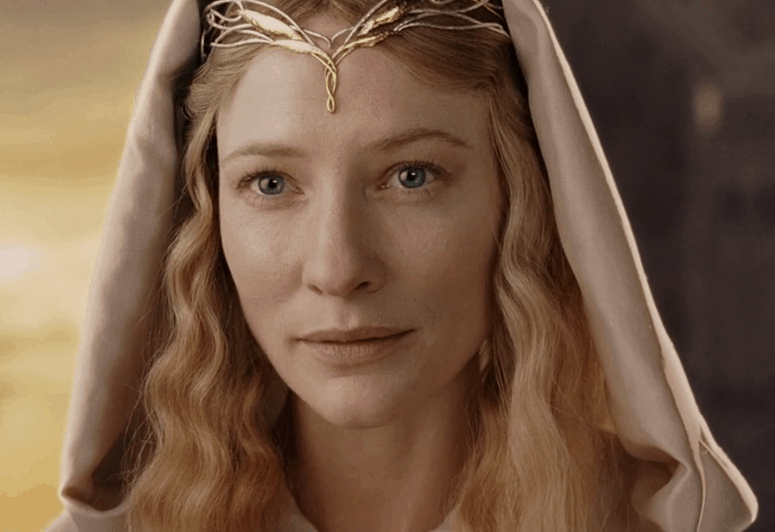
Other Icelandic Creatures: Trolls and Monsters
It just so happens that we have another article designed to entertain those who wish to learn more about the mystical creatures in Iceland. Visit Elves, Trolls and Monsters for some added trivia.
